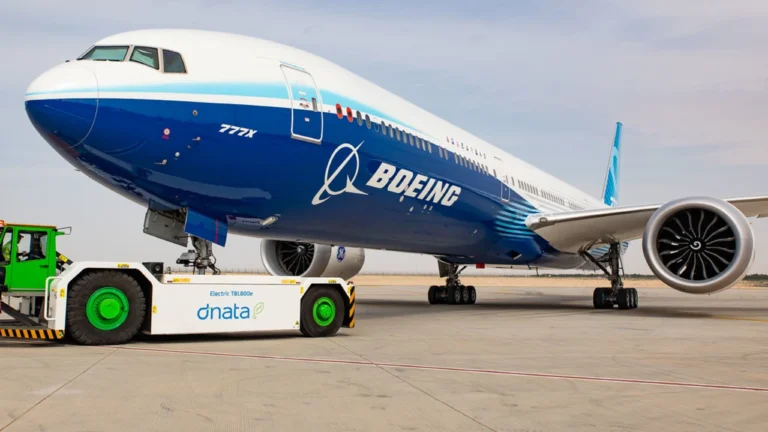SEATTLE- A trade war currently rages, with the United States imposing tariffs on countries worldwide. The situation remains highly dynamic as of April 11, with uncertainty about which tariffs will remain permanent. If significant US tariffs and retaliatory measures from other nations persist, the Boeing 777X program faces serious challenges, as reported by Simple Flying.
Aviation industry experts warn that a worst-case scenario could force Boeing to focus primarily on the domestic market. While the US aviation market leads globally, it represents only a fraction of worldwide demand.
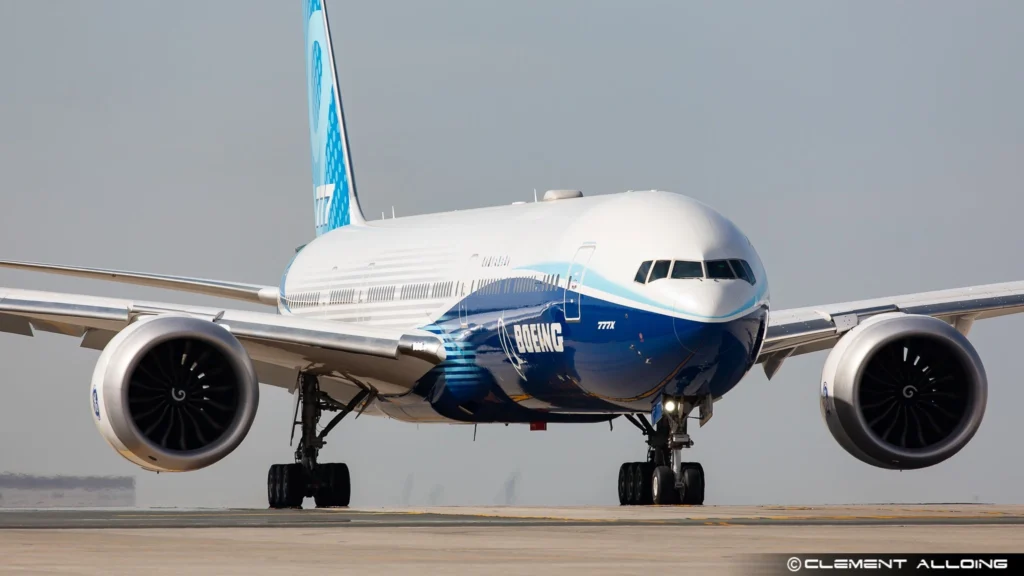
Boeing 777X Launch Uncertainty Over Tensions
Boeing’s difficulties continue to mount since its last “normal” year in 2018, before the 737 MAX crisis. That year, Boeing delivered 806 commercial aircraft, but has consistently delivered hundreds fewer annually since then, losing market share to Airbus.
US carriers show strong interest in the Boeing 737 MAX and some demand for the Boeing 787 Dreamliner, but little enthusiasm for the larger 777X.
Persistent tariffs will likely accelerate Boeing’s market share decline. In March 2025, AerCap’s CEO stated that Boeing stands to lose more than its rival Airbus. Leeham News similarly reported in April that Boeing faces greater risk from a global tariff war, noting that “United States tariffs threaten retaliatory tariffs against Boeing at a far greater level than Airbus faces.”
Even Boeing’s domestic deliveries to US carriers may face tariffs due to foreign-sourced components.
Analysis suggests Boeing has three times more aircraft subject to retaliatory tariffs than Airbus.
Chinese state news agency Yicai Global reported on April 8 that China’s initial 34% tariff hike on US goods would likely push Chinese airlines toward alternative suppliers like Airbus. China has since increased US tariffs to 125%.
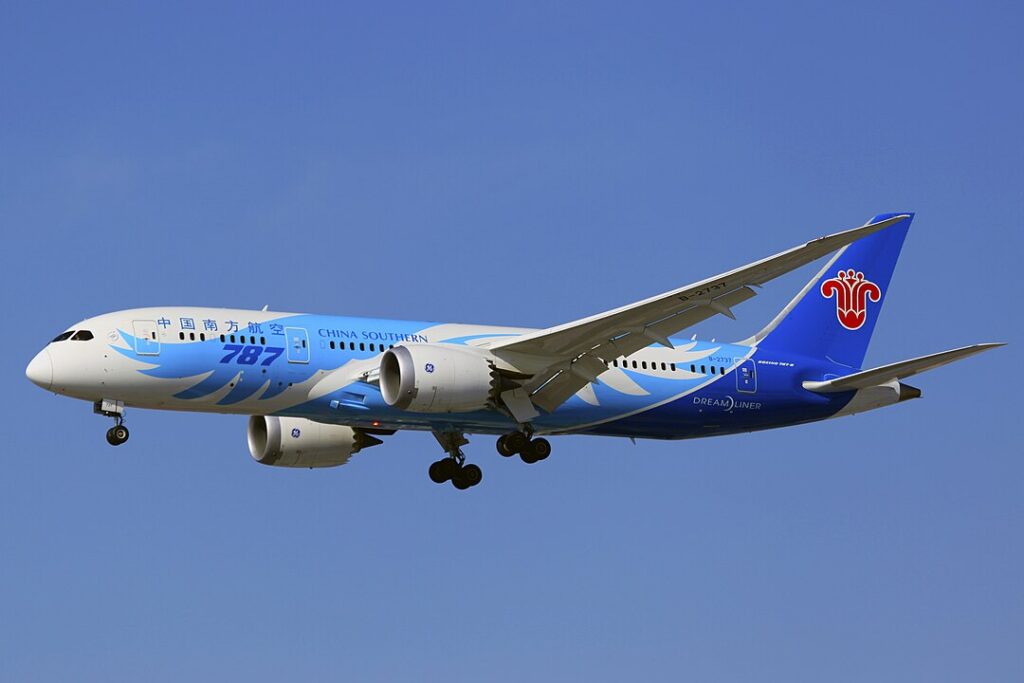
International Market
AerCap warned in March that an “absolute worst-case scenario” with 25% tit-for-tat tariffs would increase a Boeing 787 Dreamliner’s price by $40 million. AerCap’s CEO stated bluntly: “No one’s gonna pay that, that won’t happen,” predicting airlines would turn to Airbus instead, leaving Boeing primarily with the US market.
AerCap CEO Aengus Kelly projected Boeing’s global commercial passenger jet market share would shrink dramatically while Airbus could eventually claim 75-80% of the market. Even the North American market would likely split, with Canada and Mexico potentially purchasing Airbus aircraft, further reducing Boeing’s territory.
While tariff situations remain unstable, Boeing appears already priced out of the Chinese market. The future of new orders from the world’s second-largest aviation market remains uncertain. At the current 125% tariff rate, Boeing could face a wave of cancellations. Airbus and COMAC aircraft costs will likely rise too, as many COMAC C919 components, including engines, come from the United States or European countries.
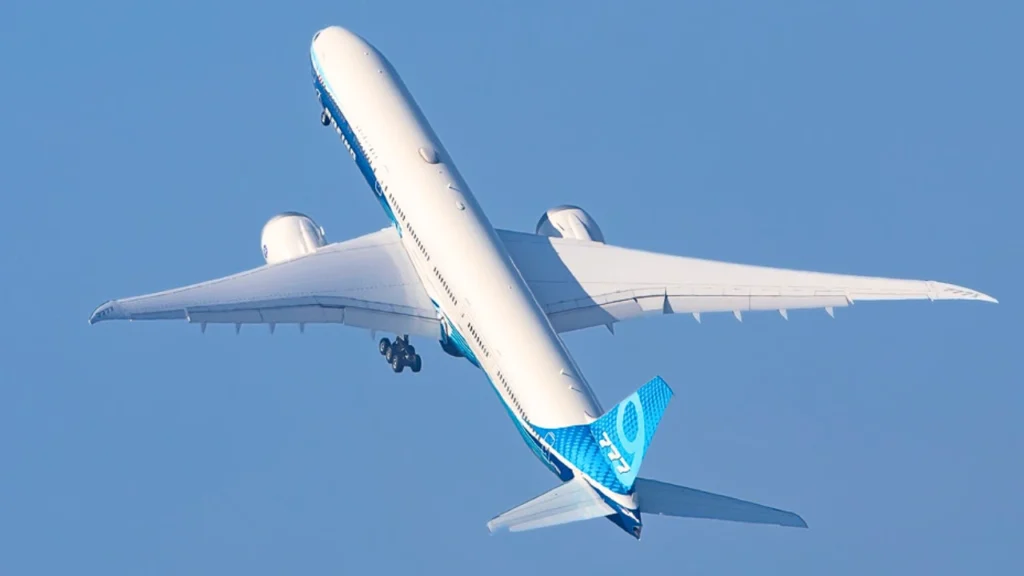
Limited US Demand
If severe tariffs prevent Boeing from exporting the 777X internationally, domestic options remain severely limited, with only 3 potential major customers. Most US airlines operate exclusively narrowbody aircraft fleets.
United (UA), American (AA), and Delta (DL)—the world’s three largest airlines by fleet size—are the main US carriers operating passenger widebody aircraft. Hawaiian Airlines (HA) operates a small fleet of Boeing 787-9 Dreamliners, which will join Alaska Airlines (AS) through their merger.
Some demand might come from US cargo carriers like DHL (D0), but dedicated freighter aircraft typically sell in much smaller numbers than passenger versions. The freighter variant, based on the 777-8 passenger model, has attracted 59 orders—all from international customers.
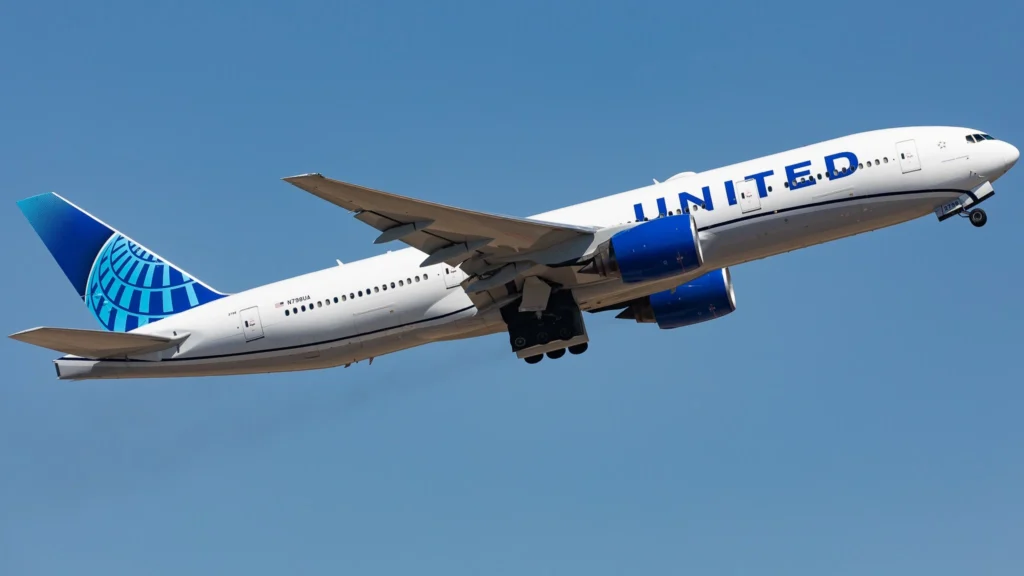
777X Unwanted By The Big 3
The situation worsens for the 777X as neither United (UA) nor American Airlines (AA) has ordered the aircraft. Its large size and extended range don’t match their business models. American (AA) focuses on the Boeing 787 and 737 MAX, while United (UA) prefers smaller widebody aircraft, as the large 777X suits airlines with centralised hub operations.
Delta Air Lines (DL) presents a similar challenge. The carrier has moved away from Boeing widebody aircraft, operating only Airbus widebodies apart from its ageing 767 fleet. Delta (DL) chose the rival Airbus A350 as its flagship aircraft.
If tariffs escalate to a worst-case scenario, Boeing may find itself restricted to a US market for which the 777X was never designed. The aircraft targets export markets rather than US carriers, which have abandoned larger aircraft like the Boeing 747. Today’s 777X exceeds the size requirements of current US airline business models.
Should the United States move toward trade isolation, Boeing’s ability to sell enough 777X aircraft to break even remains uncertain.
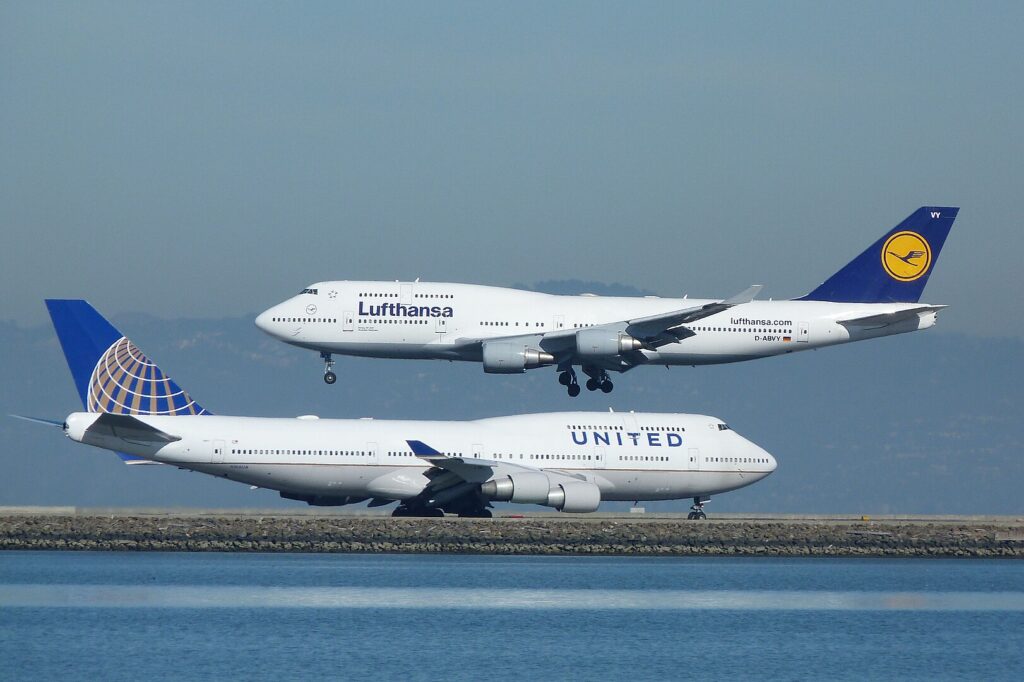
Bottom Line
The Boeing 777X, once imagined as the pride of America’s aviation industry, now sits like an oversized guest at a party where nobody ordered the extra-large pizza.
With international customers backing away faster than passengers from a full middle seat, Boeing’s jumbo-sized ambitions may need to fit into an economy-class reality. The trade war has effectively slapped a “No Vacancy” sign on global markets where the 777X hoped to thrive.
Looking ahead, Boeing might need to consider a rather unusual marketing strategy: “Buy one 777X, get three free!” Even then, US airlines might politely decline while checking Airbus catalogues under their desks.
If things don’t change soon, these magnificent machines could become very expensive museum pieces – perhaps the world’s largest and most sophisticated lawn ornaments outside Boeing’s facilities. The 777X program might need to fasten its seatbelt and prepare for continued turbulence ahead!
Stay tuned with us. Further, follow us on social media for the latest updates.
Join us on Telegram Group for the Latest Aviation Updates. Subsequently, follow us on Google News

